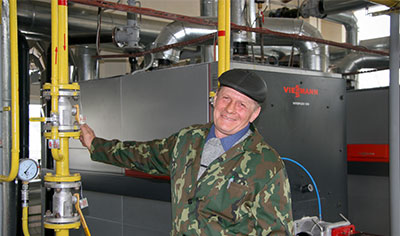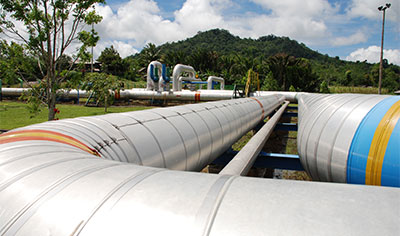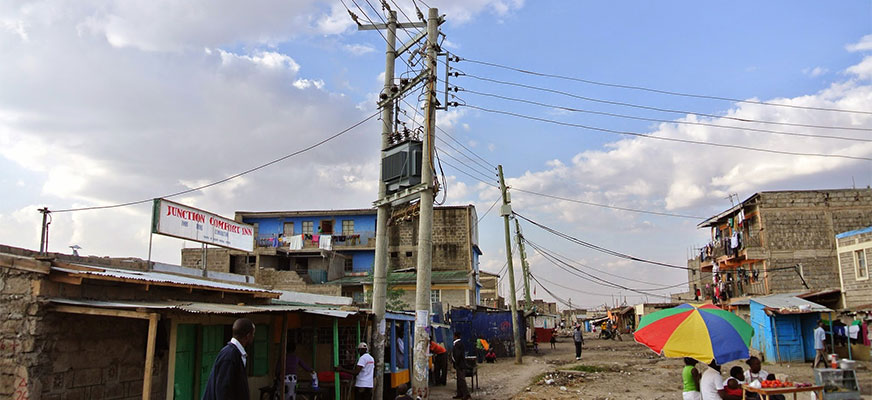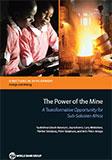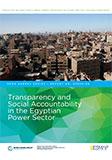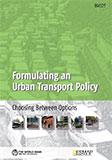E-BulletinIssue | January - February 2015
Highlights
February 23 2015
Belarus heavily subsidizes energy and the rates paid by households can be as low as 10 percent of the price required for utilities to recover their costs. In 2012, it was estimated that these subsidies cost the country $1 billion, or 1.6 percent of its GDP. In September 2013 the Government of Belarus requested World Bank assistance to assess the potential social impacts of tariff increases and to recommend mitigation measures to protect the poor. With ESMAP support, a study was conducted on the likely impact of the reforms and how they could best be implemented.
February 23 2015
A new geothermal law is expected to remove obstacles to investment in geothermal development in Indonesia. The law follows a ministerial regulation on geothermal pricing and policy that was the result of many months of work between Indonesiaâs Ministry of Energy and Mineral Resources (MEMR) and a joint World Bank â ADB team, supported by ESMAP and ASTAE.
June 9 2017
The World Bank has organized stakeholder discussions in a number of Indian states of the report "More Power to India: The Challenge of Electricity Distribution." The discussions, being held in Hyderabad, Mumbai, Chandigarh, and Patna, focus on the challenges faced in improving the performance of the power sector, particularly in distribution, and on how they may be overcome. The report was supported by ESMAP, ASTAE, the South Asia Poverty and Social Impact Analysis (PSIA) Trust Fund, and Australian Aid.
February 23 2015
The Kenyan government is committed to reform its energy programs, with a target of 70 percent electrification by 2016 and 100 percent access by 2020 -- which translates into one million new connections every year for the next six years. Seeking global insights to help solve Kenya's energy challenge, an ESMAP-supported two-day workshop in Nairobi showcased experiences from Peru, Vietnam, Brazil and Uruguay, all countries that have achieved success in their electrification programs. The workshop brought together nearly 150 participants, representing government stakeholders, utility companies, donors and civil society
Publications
Resources
Events
Learning and Collaboration
Published on: 01/01/2015

